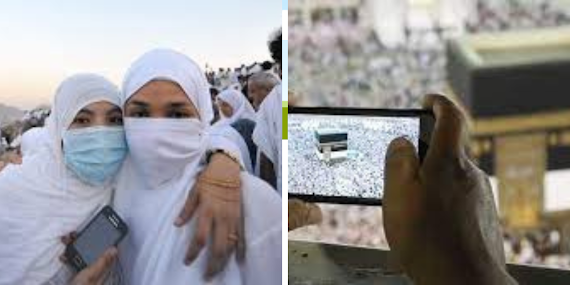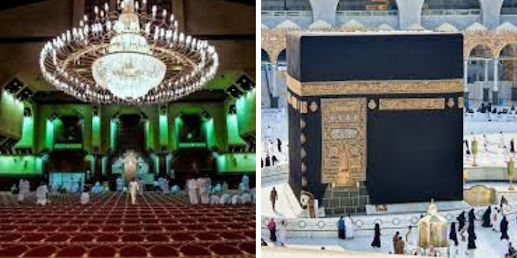Karbala is an important city in iraq
.png)
Karbala is an important city in Iraq for Shia Muslims, who visit the city to pay their respects to Imam Hussein, the grandson of the Prophet Muhammad, who was martyred there in 680 AD. When visiting Karbala, Muslims typically engage in a number of activities, some of which are described below:
- Visiting the Shrine of Imam Hussein
- Visiting the Shrine of Abbas
- Participating in the Arbaeen Pilgrimage
- Listening to lectures and sermons
- Engaging in acts of charity
Overall, visiting Karbala is an important religious and spiritual experience for Shia Muslims, and there are many activities and rituals that are associated with the pilgrimage.
Visiting the Shrine of Imam Hussein
Visiting the Shrine of Imam Hussein is one of the most important activities for Shia Muslims who travel to Karbala. The shrine is a complex of buildings that includes the mausoleum of Imam Hussein, as well as the mausoleums of his half-brother Abbas and several other martyrs who were killed in the Battle of Karbala.
The shrine is located in the heart of Karbala and is surrounded by a large courtyard. Pilgrims enter the shrine through one of several gates, each of which has a different name and significance. The most important gate is the Bab al-Qibla, which faces the direction of Mecca and is where the pilgrims perform their prayers.
Inside the shrine, pilgrims approach the mausoleum of Imam Hussein, which is covered in gold and decorated with intricate designs and calligraphy. They recite prayers and supplications, often touching the tomb or kissing it as a sign of respect. The atmosphere inside the shrine is typically very emotional, with many pilgrims weeping and expressing their grief for the martyrdom of Imam Hussein.
In addition to the mausoleum of Imam Hussein, there are several other buildings within the shrine complex that pilgrims can visit. These include the mausoleum of Abbas, which is located to the north of the shrine, and the Qibla Mosque, which is located to the south.
Visiting the Shrine of Abbas
Visiting the Shrine of Abbas is another important activity for Shia Muslims who travel to Karbala. Abbas was the half-brother of Imam Hussein, and he was martyred in the Battle of Karbala while trying to get water for the children of Imam Hussein's camp.
The shrine of Abbas is located to the north of the Shrine of Imam Hussein, and it is an important site for pilgrims to visit. The shrine is a large complex of buildings that includes the mausoleum of Abbas, as well as several other buildings and courtyards.
Pilgrims enter the shrine through one of several gates, each of which has a different name and significance. The most important gate is the Bab al-Qibla, which faces the direction of Mecca and is where the pilgrims perform their prayers.
The atmosphere inside the shrine is typically very emotional, with many pilgrims weeping and expressing their grief for the martyrdom of Abbas.
In addition to the mausoleum of Abbas, there are several other buildings within the shrine complex that pilgrims can visit.
Overall, visiting the Shrine of Abbas is a deeply spiritual experience for Shia Muslims, and it is an important pilgrimage site that attracts millions of visitors each year. Pilgrims come to the shrine to pay their respects to Abbas, seek his intercession, and to deepen their connection to their faith.
Participating in the Arbaeen Pilgrimage
Participating in the Arbaeen Pilgrimage is one of the most significant activities for Shia Muslims who visit Karbala. The Arbaeen Pilgrimage takes place annually on the 40th day after the martyrdom of Imam Hussein, which is known as Arbaeen in Arabic.
The Arbaeen Pilgrimage is one of the largest religious gatherings in the world, with millions of Shia Muslims from around the world travelling to Karbala to commemorate the martyrdom of Imam Hussein and to express their solidarity with his cause.
Many pilgrims who participate in the Arbaeen Pilgrimage walk to Karbala from other cities and towns in Iraq, often covering distances of hundreds of kilometres. Along the way, they are welcomed by local communities that provide them with food, water, and shelter.
Once they reach Karbala, pilgrims participate in a number of rituals and activities, including visiting the Shrine of Imam Hussein and the Shrine of Abbas, reciting prayers and supplications, and engaging in acts of charity and service. The atmosphere in Karbala during Arbaeen is one of deep devotion and spirituality, with many pilgrims weeping and expressing their love for Imam Hussein.
Participating in the Arbaeen Pilgrimage is seen as a way to honour the sacrifice of Imam Hussein and to express solidarity with the values that he stood for, including justice, compassion, and resistance against oppression. It is also a way for Shia Muslims to come together from around the world and to deepen their connection to their faith and to their community.
Listening to lectures and sermons
Listening to lectures and sermons is another important activity for Shia Muslims who visit Karbala. Many scholars and religious figures deliver lectures and sermons on a variety of topics related to Islam and the life of Imam Hussein.
These lectures and sermons are typically held in mosques and other religious institutions in Karbala, and they are often broadcast live on television and radio to reach the audiance.
Engaging in acts of charity
Engaging in acts of charity is another important activity for Shia Muslims who visit Karbala. Many pilgrims believe that performing acts of charity and helping those in need is a way to honour the legacy of Imam Hussein, who was known for his compassion and generosity towards others.
There are many opportunities for pilgrims to engage in acts of charity in Karbala. One common practice is to distribute food and water to other pilgrims who are visiting the shrines of Imam Hussein and Abbas.



Comments
Post a Comment